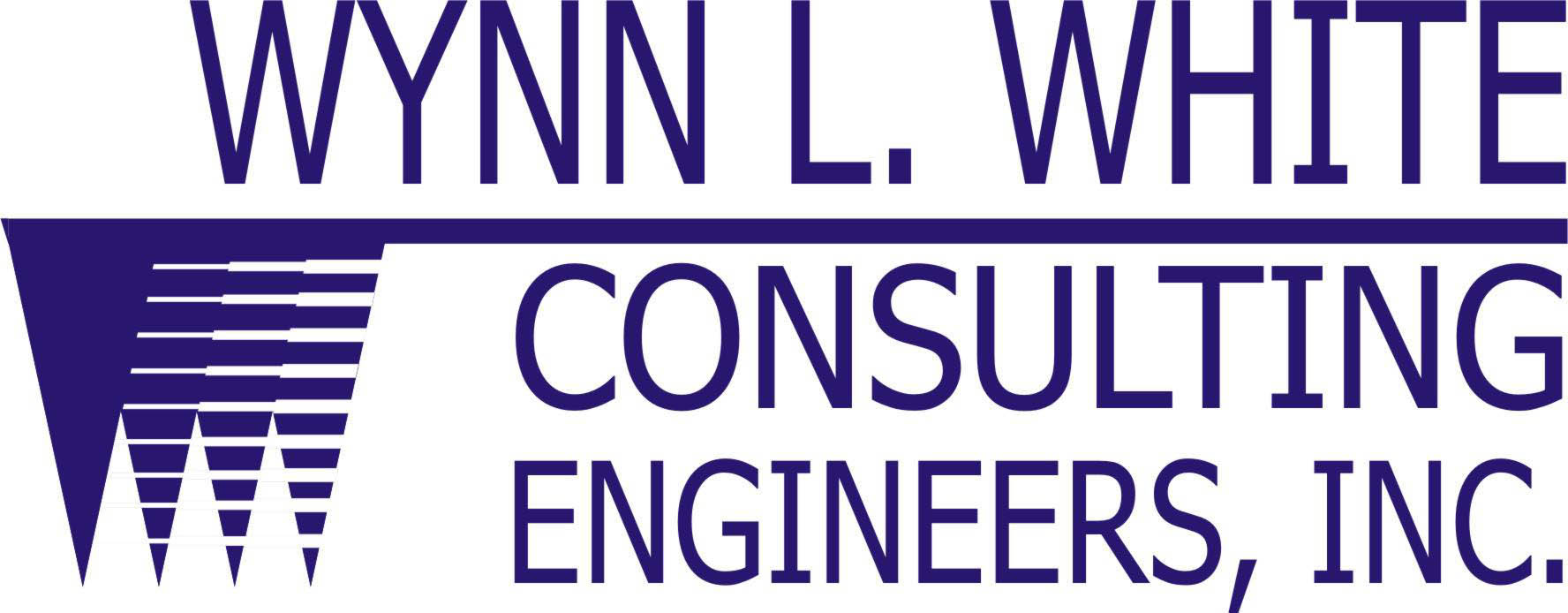Brick leaks!
Why
Brick is a relatively new building material. It’s only been in use for about 9,000 years.
We’ve graduated from full brick walls to brick veneer walls—and started the bulk of our brick problems.
Having said that, brick is really good stuff.
So why do some new brick buildings have problems now
Well, it seems that we’ve forgotten what our grandfathers knew. We changed how we installed brick by putting it on steel or wood framing. That’s different but not necessarily the kiss of death.
Sometimes what looks like full brick is almost synthetic stucco (think of flat tile being glued to a wall). That’s different as well but not necessarily the kiss of death.
Sometimes brick is considered the sole protective weather barrier—not as an integral part of the cladding system, but as the only protective system. And this is almost always the kiss of death.
What should you do if your brick leaks
First, you may be surprised to learn that free water will drain down the back of your brick veneer within a minute of being exposed to running water (I call that rain)—so water is entering the field of the wall. The key is to get it out of the wall before it goes indoors.
In all likelihood, water is getting indoors at improperly flashed roof to wall connections, improperly flashed openings (like windows, doors, dryer vent exhaust, tv cable entry) (Why do we punch holes in perfectly good walls? Answer, because we have to.) You can remove the brick in those areas, properly flash and prepare the openings, and repair the brick.
Did you know that the masonry subcontractor sometimes builds bridges into the brick veneer wall
If your wall is leaking at the bridges, you must have the bridges removed.
What is a bridge? Bridges can be mortar or windows or doors or vent penetrations. We often find a build-up of mortar either on the brick ties or at brick ledges that block the air space between the brick and the weather resistive barrier. Shoot, the bridge can become a dam too—if water can’t get to the weep hole—it is dammed!
The bridges are a way for the water that runs down the brick (that’s where we want the water to be) to get to the inside. No bridges or dams and water won’t get indoors.
While repairing, if you find structural damage because of the water intrusion, you’ll have to replace the damaged materials.
What to watch for
Well, you bought a brick cladding system to begin with—how do you know you’ll get a proper system the second go around? That is the $64,000 question.
You may not have picked up on it, but I have used the word system throughout the discussion above. Brick is an important part of the cladding system and it has to be tied in with the water barrier. If you screw up the water barrier, it doesn’t matter what you use for cladding. Note, there are other parts to the cladding system.
What should you do for a building you plan to construct
Make sure your architect designs and your masonry contractor constructs proper flashing, horizontal/vertical expansion joints, and includes a mock-up of the construction (test the mock-up and photograph each stage of the successful construction—1 in 4 adults cannot read—so comic book style word pictures will help you get a successful system).
Brick is not bad for buildings
I like brick. It is pretty, durable, and nearly maintenance free. But the entire cladding system has to be designed and built properly.
If you want someone to look over the shoulder of your architect or contractor, or if you need help reviewing or designing a cladding system, or if you have questions or comments, send me an email. Also, I’d appreciate any photographs you have of failing brick or of successful brick repair projects.
Wynn
P.S. Email me if you’d like me to email you our idea of a near perfect commercial brick veneer wall.
